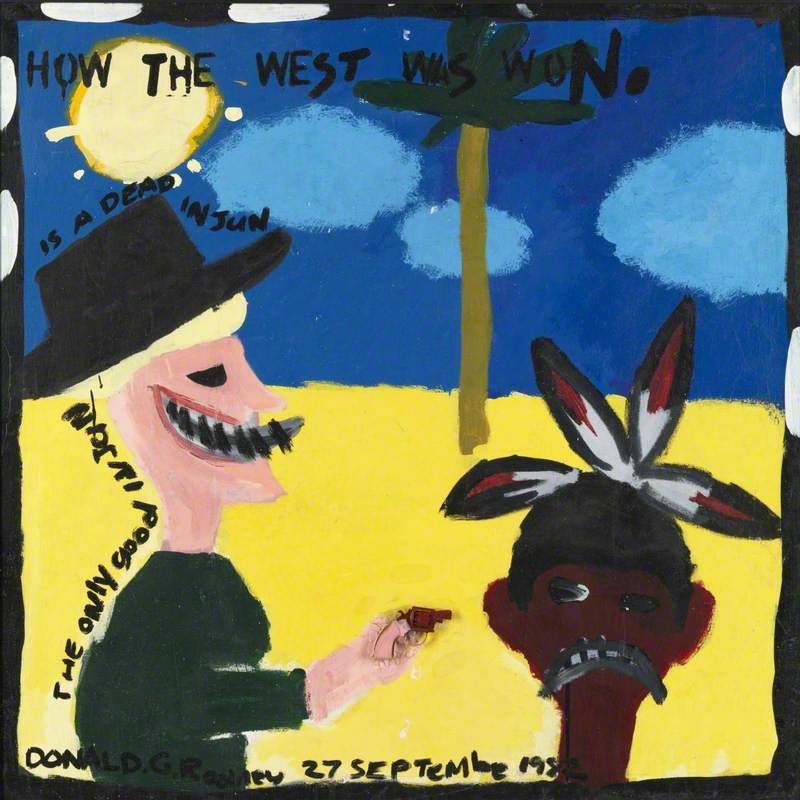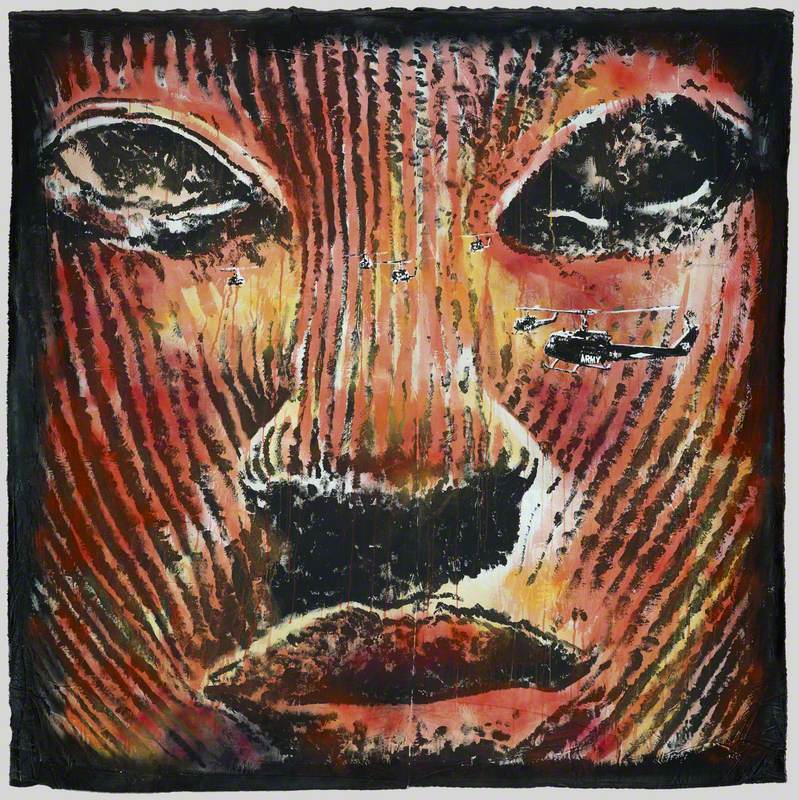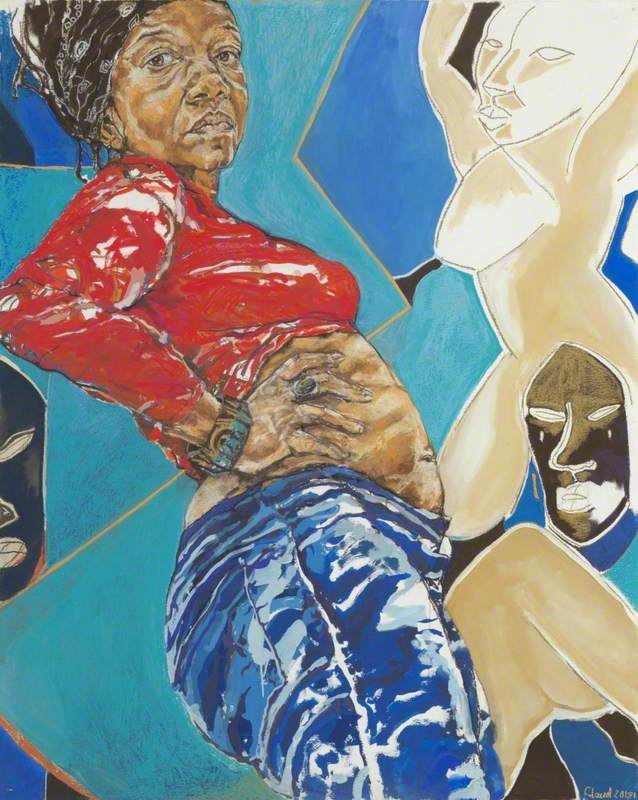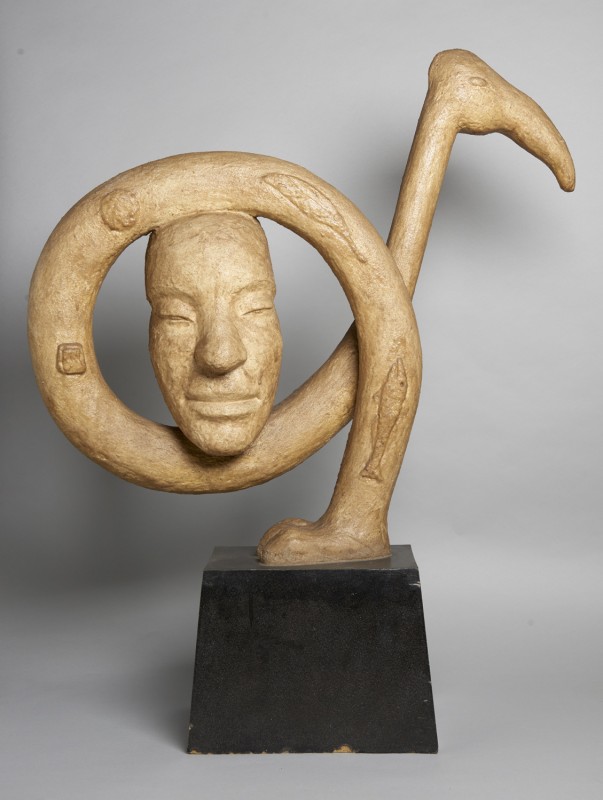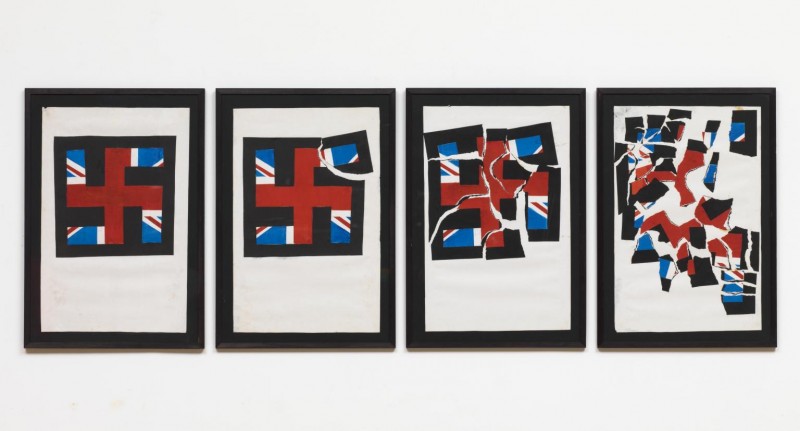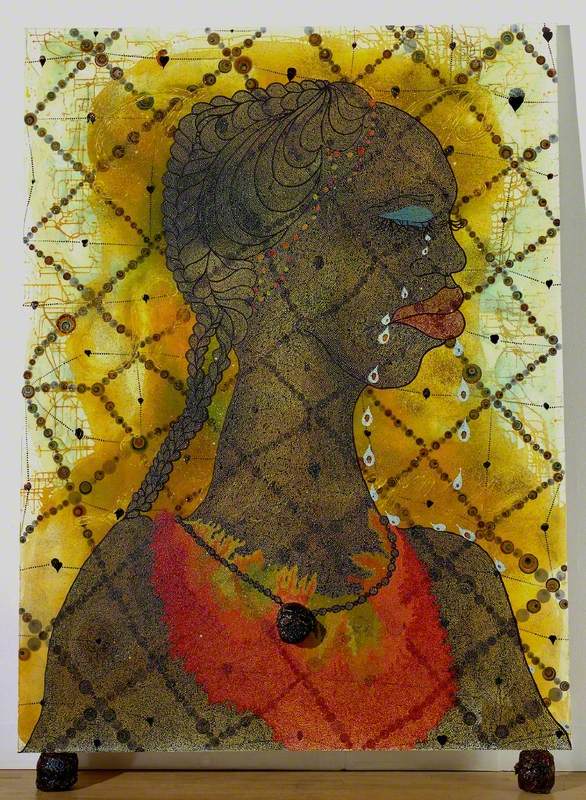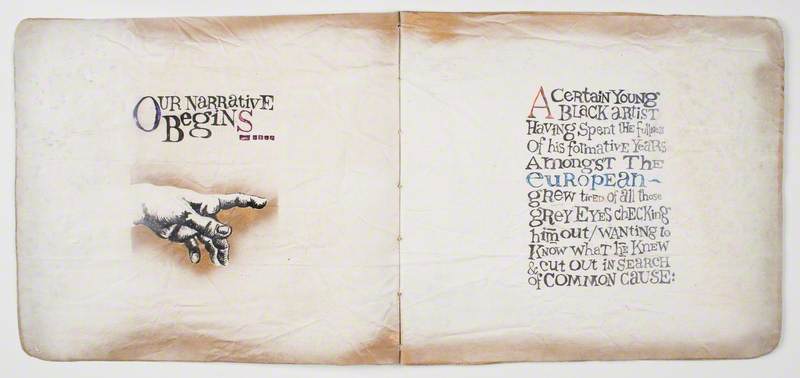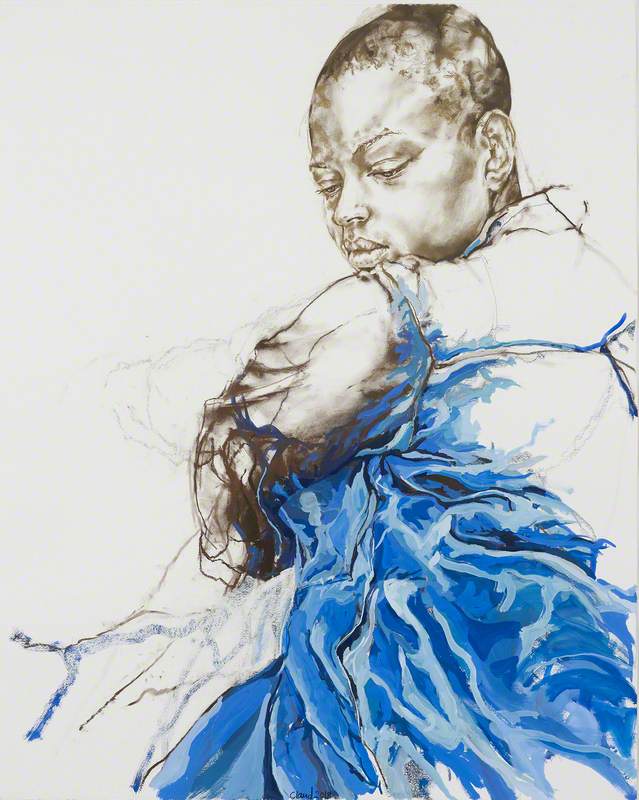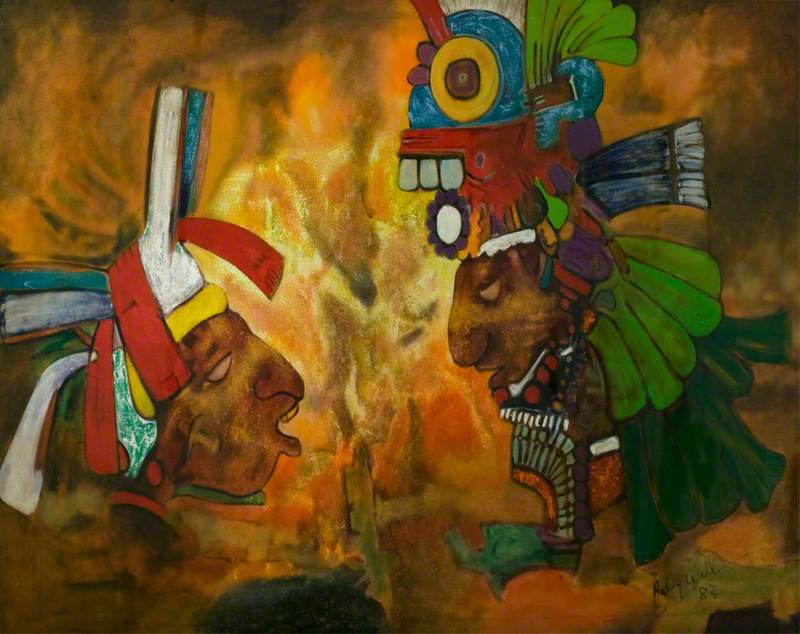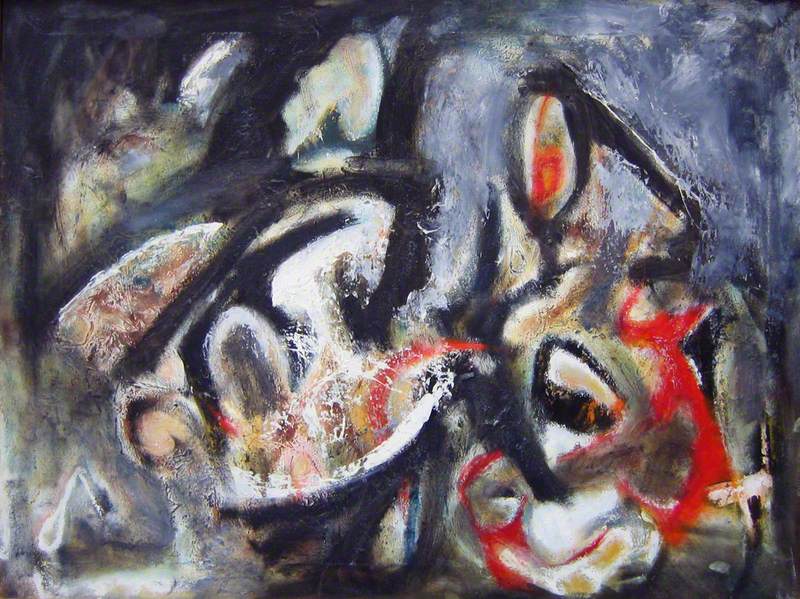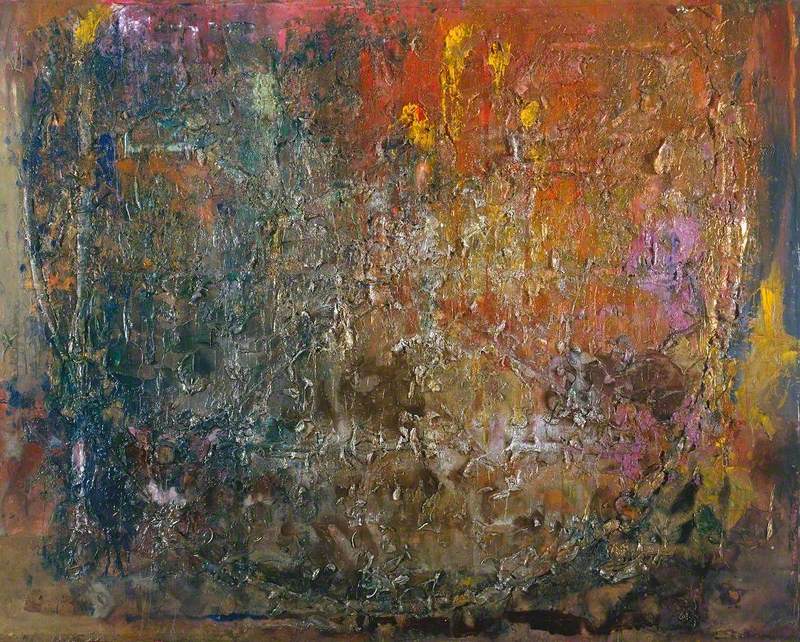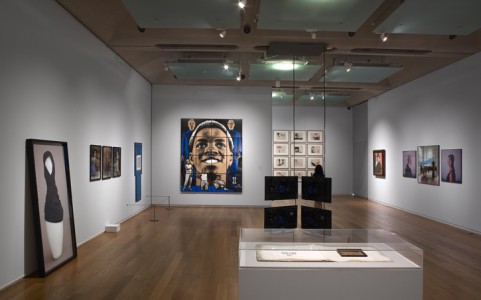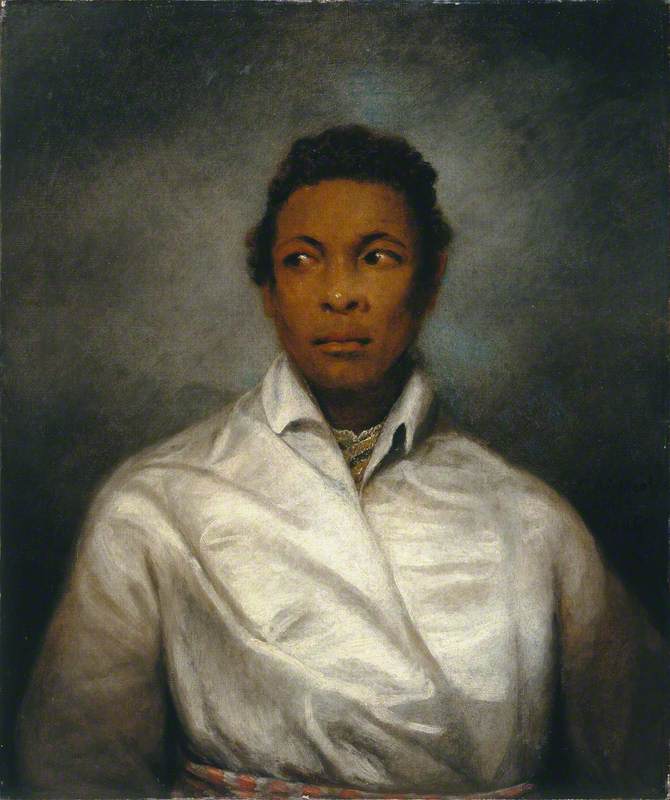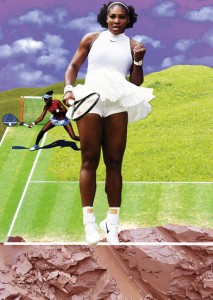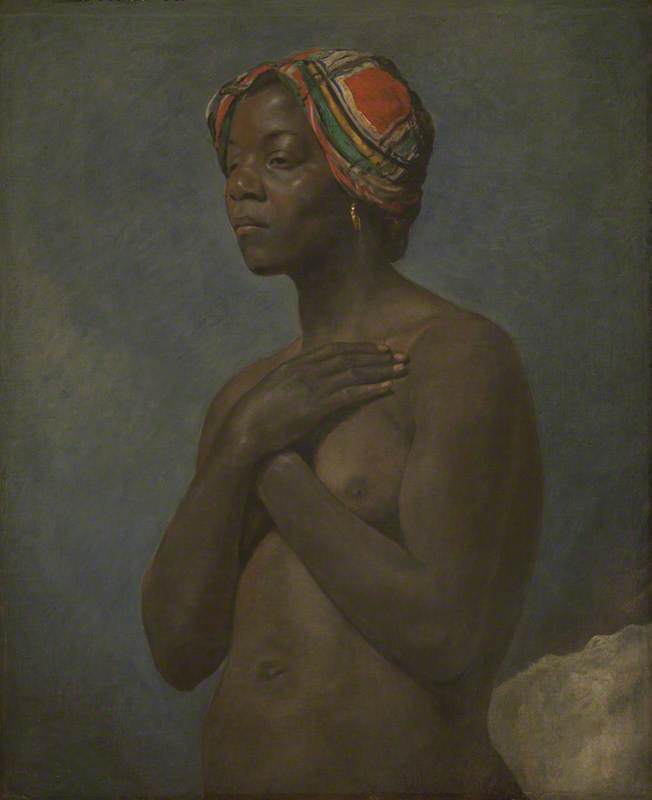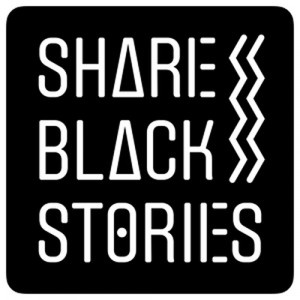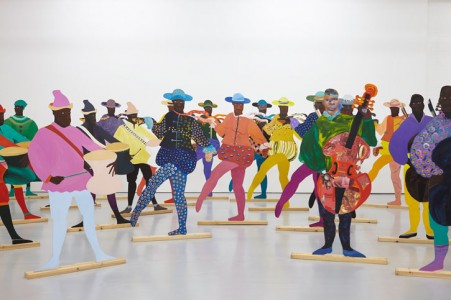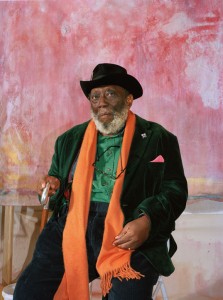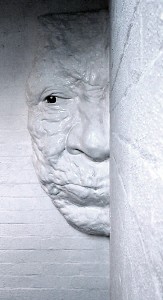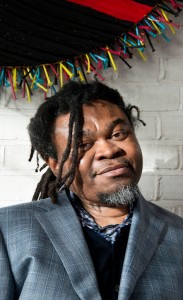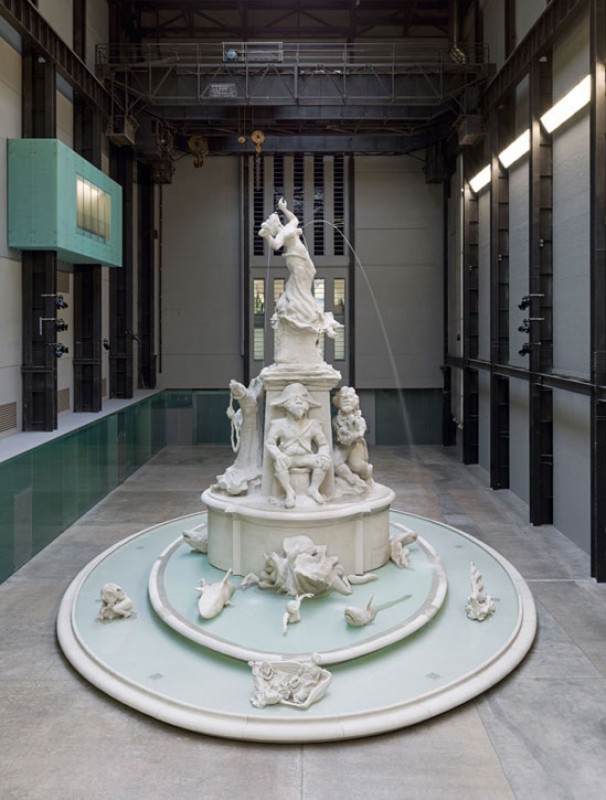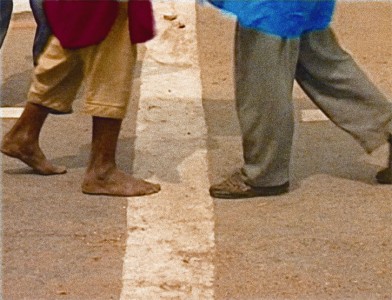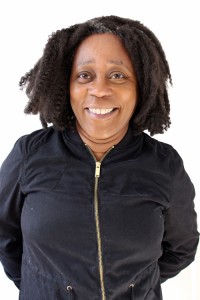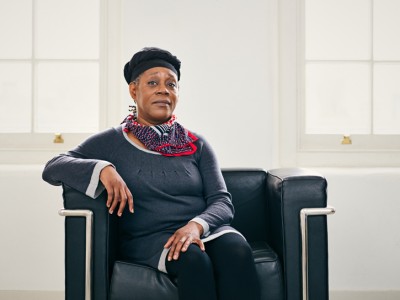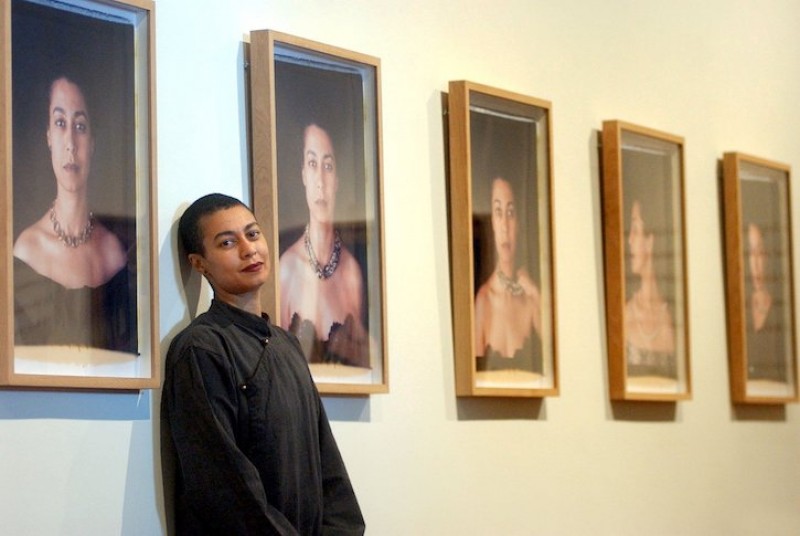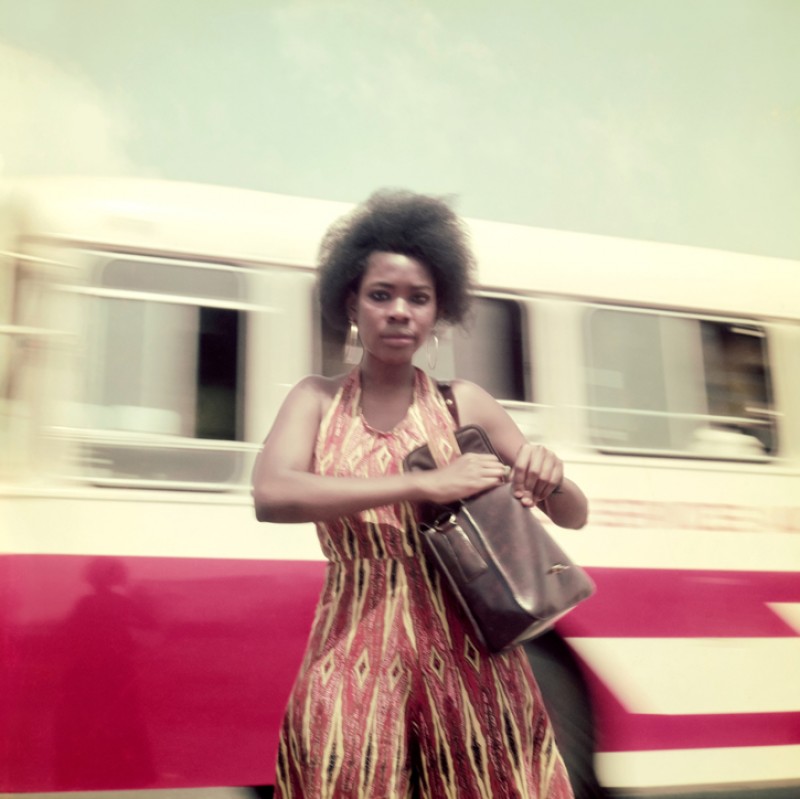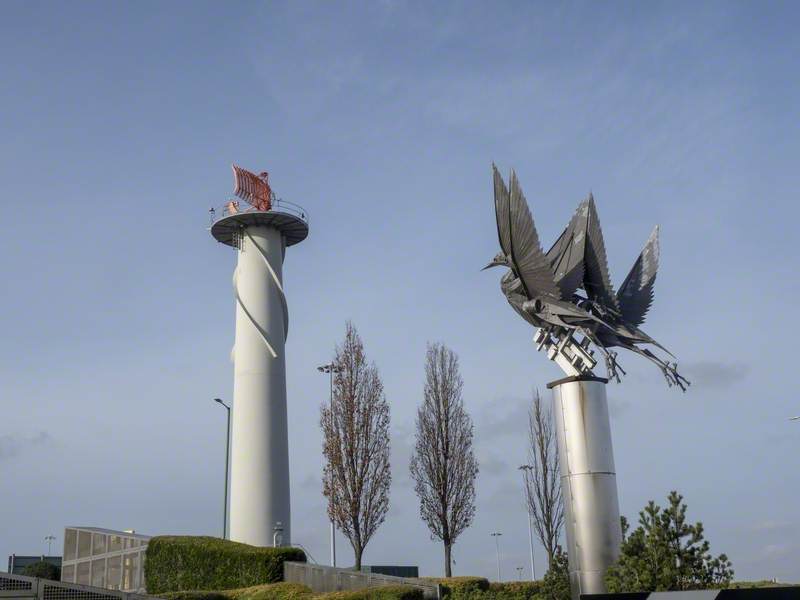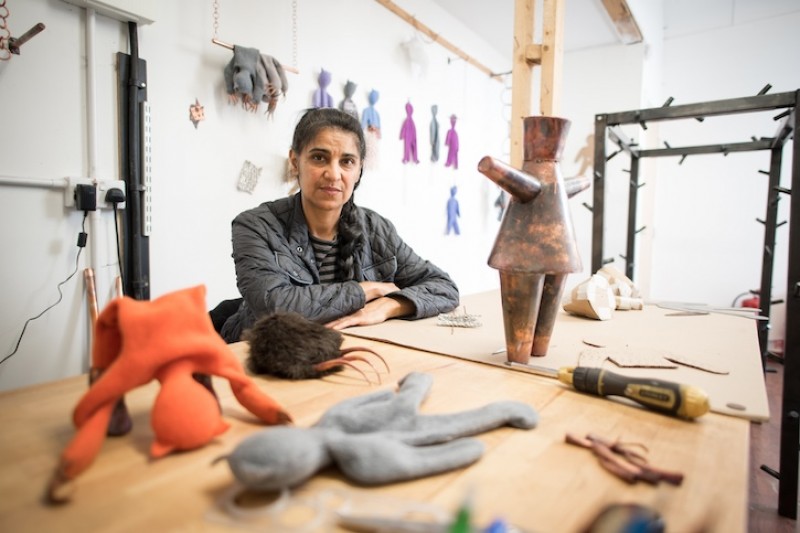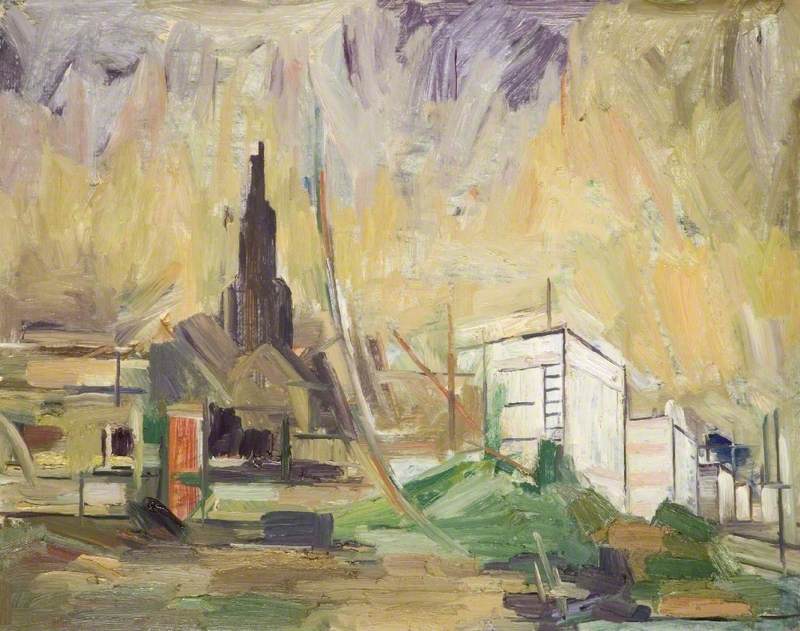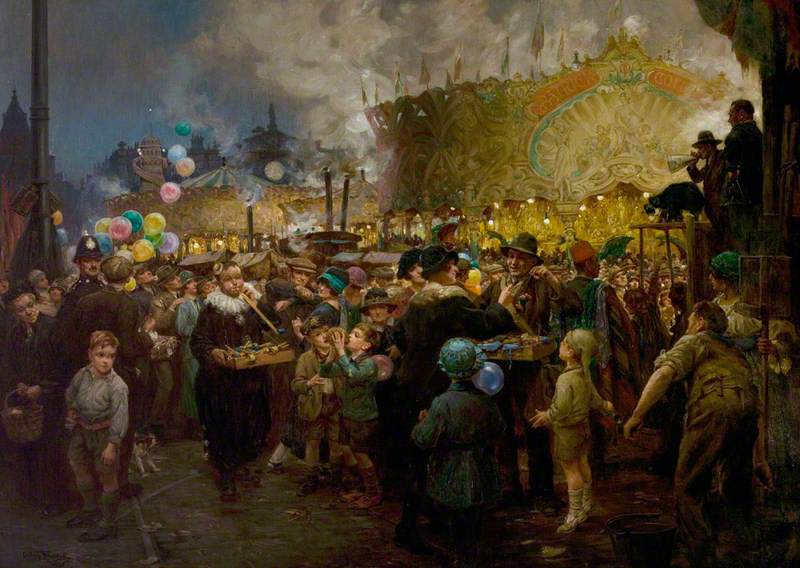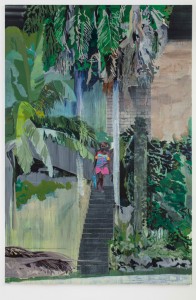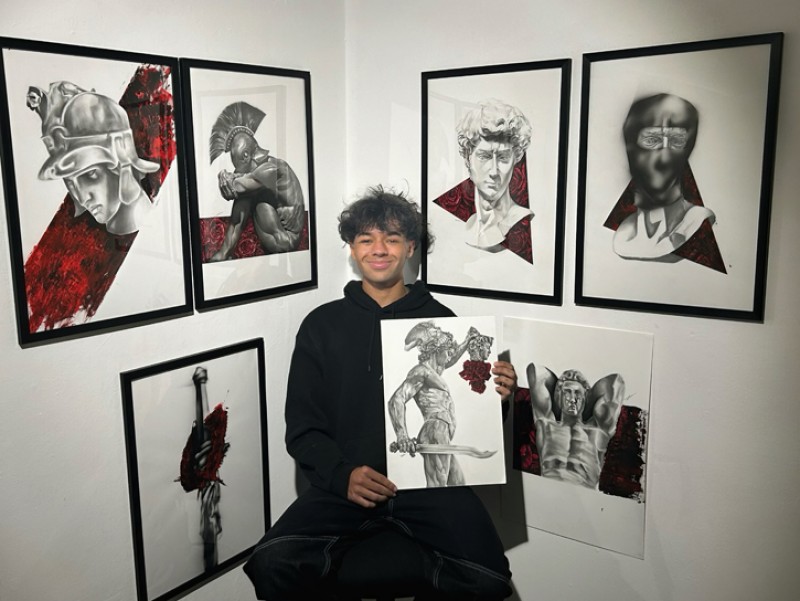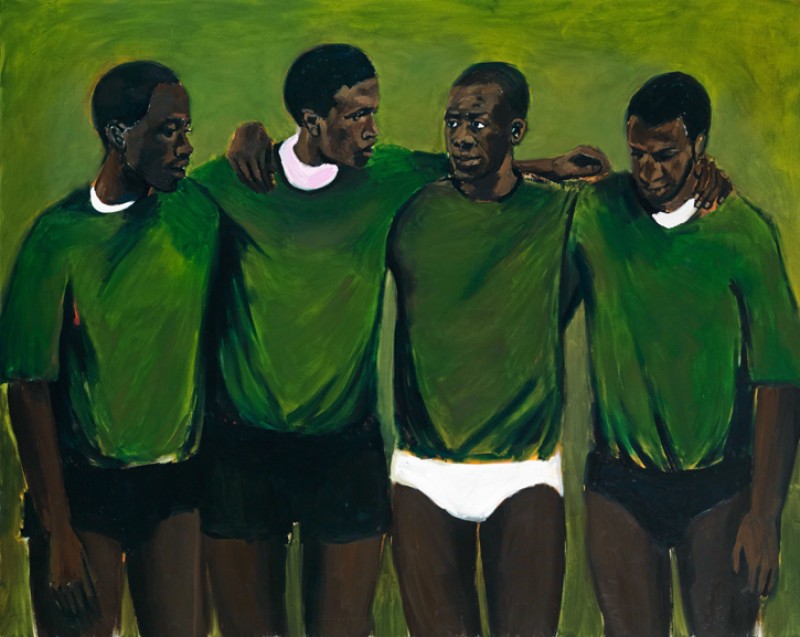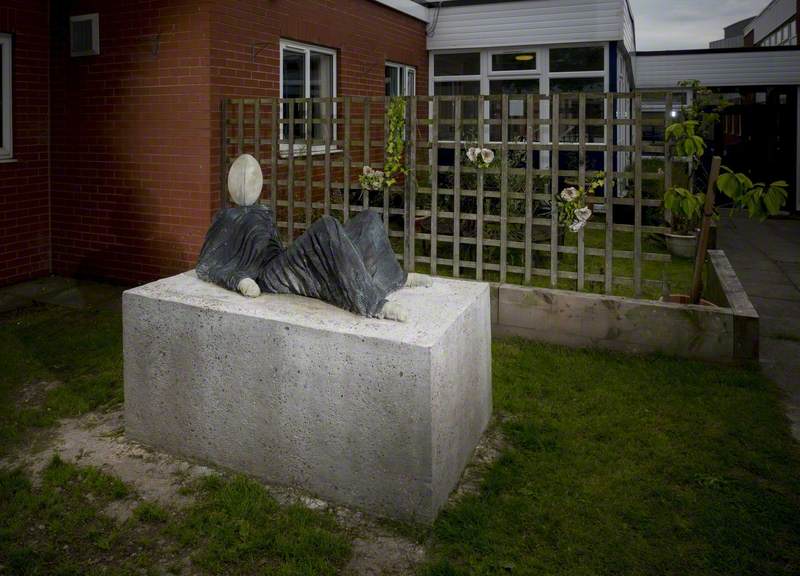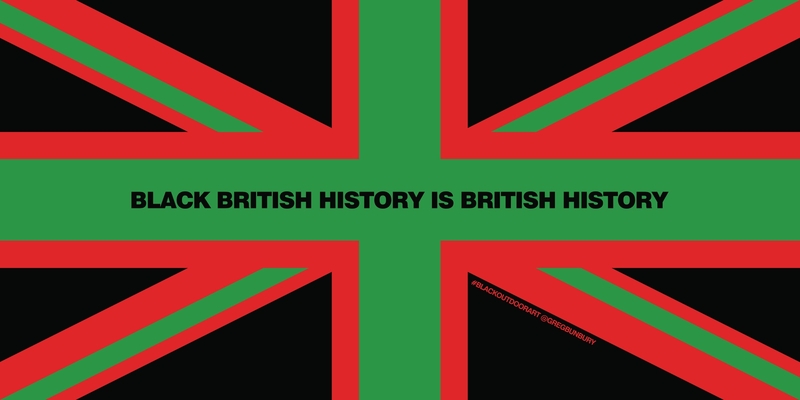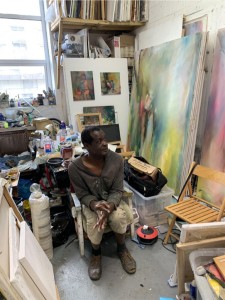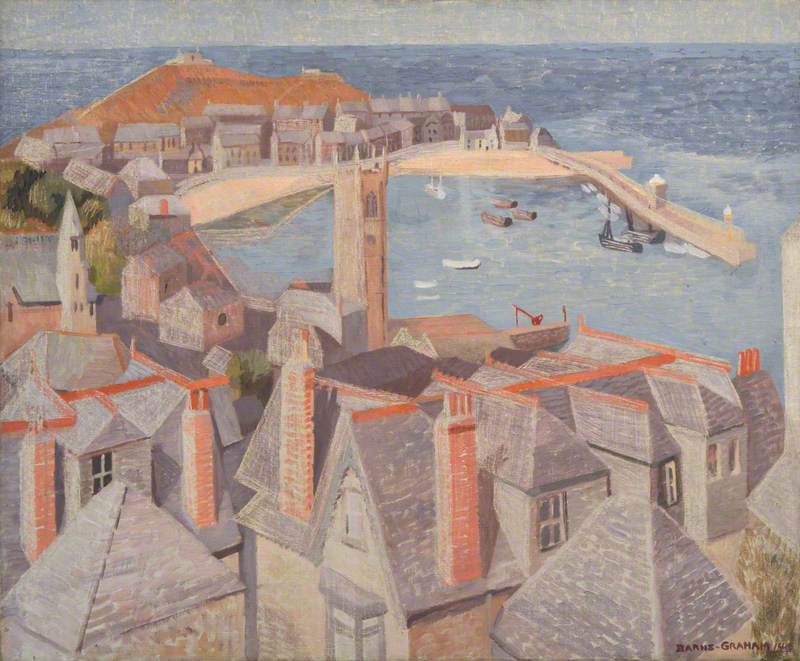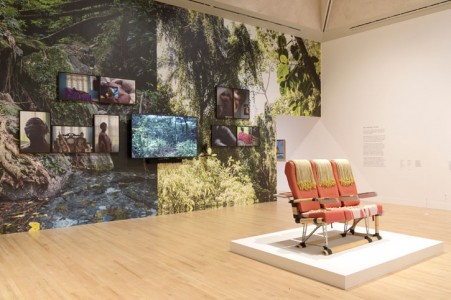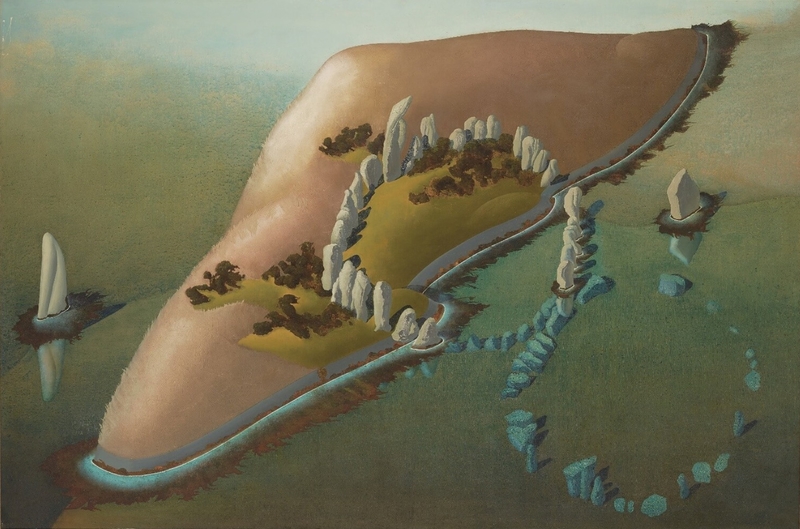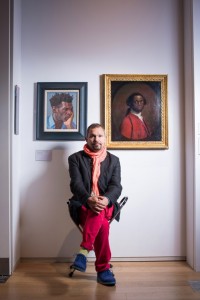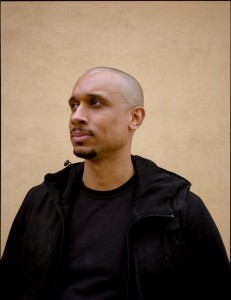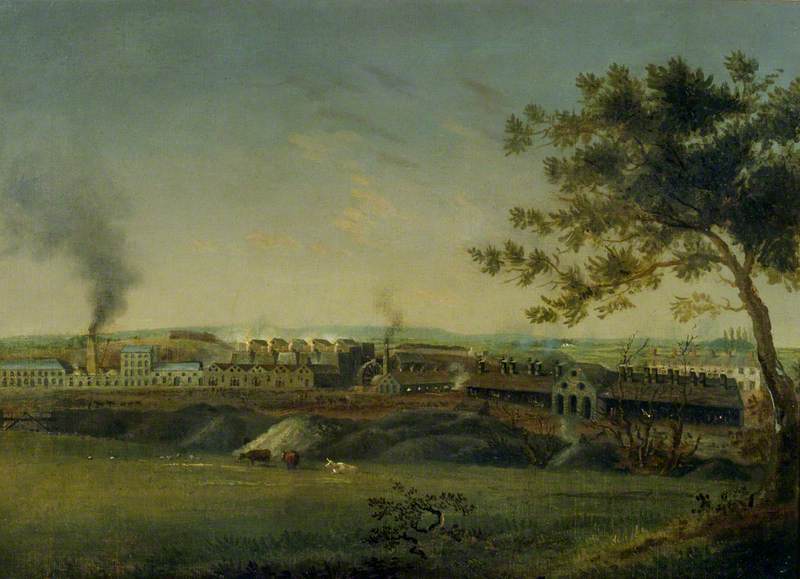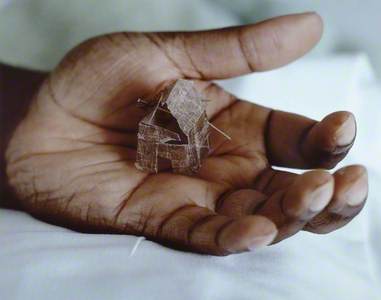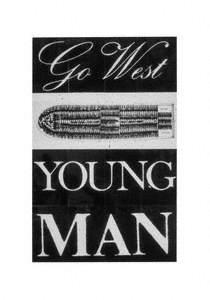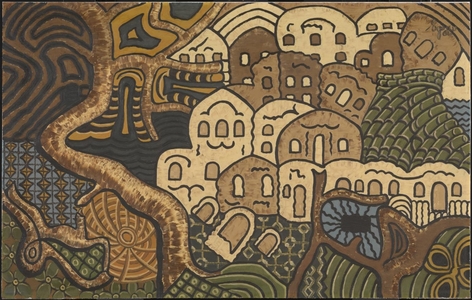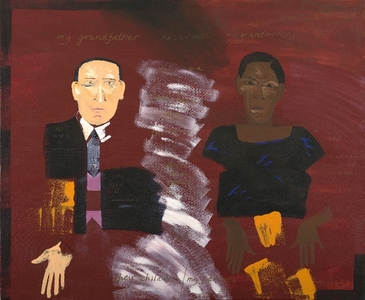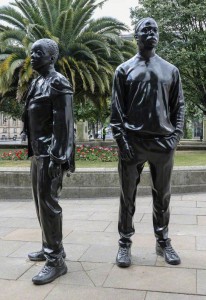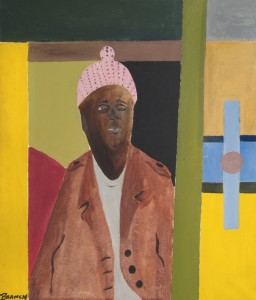Using art as a form of expression has been an innate part of black culture for centuries. From the early Nok terracotta statues of sub-Saharan Africa to African rock art in the Sahara in Niger, documenting black history through art has been common practice, especially when expressing both black joy and black pain.

© the artist. Image credit: Arts Council Collection, Southbank Centre, London
(You are now entering) Mau Mau Country 1983
Keith Piper (b.1960)
Arts Council Collection, Southbank CentreFor the BLK Art Group – a group of black British artists from the West Midlands – their presence in the 1970s and 1980s disrupted what British art was considered to be, often challenging race relations, the lack of inclusion in the art world, and commenting on the socio-politically volatile times they lived in.
Below are some of the key things to know about the movement and how they laid the groundwork for black artists today.
They were descendants of the Windrush generation
Formed in 1979 in Wolverhampton, the BLK Art Group brought together a group of artists mentored by Eric Pemberton. The group was largely inspired by the USA Black Arts Movement of the 1960s and 1970s and created a space that challenged British art and gave black British artists an opportunity to speak about their experiences as children of the Windrush generation.
Founding members of the BLK Art Group included Eddie Chambers, Keith Piper, Marlene Smith, Donald Rodney, Andrew Hazel, Ian Palmer and Dominic Dawes – children of Afro-Caribbeans who settled in the West Midlands due to the rising industrial landscape.
As a generation linked to their Caribbean roots but socialised in Britain, they were one of the first groups to explore the concept of black British identity and what that means.
Their emergence came at a time of heightened socio-political tensions
During the emergence of the BLK Art Group, Britain was fraught with social-political tension, particularly for first- and second-generation Afro-Caribbean communities.
The British economy was on the decline, with unemployment on the rise and a heightened sense of neo-fascism remained throughout the UK. Margaret Thatcher's Conservative government was extremely outspoken on anti-immigration and police discrimination against the black community prevailed.
The emergence of the BLK Art Group during this time marked a watershed moment for black British artists, who were documenting and critiquing the experiences of black people in the UK and signified the beginning of a new artistic movement.
The BLK Art Group displayed their first exhibition 'Black Art An' Done' in 1981
In 1981, Wolverhampton Art Gallery hosted the first exhibit from the BLK Art Group, entitled 'Black Art An' Done'. This exhibition, which featured the works of five of its members – Keith Piper, Donald Rodney, Dominic Dawes, Eddie Chambers and Andrew Hazel – honed in on the experiences of black people in Britain and their concerns surrounding the racial injustice that they faced.
The group of talented artists used a variety of mediums to tell their stories, varying from painting and installation to sculpture and the use of everyday materials like straw and newspapers.
Works like Keith Piper's Go West Young Man combined text with images relating to the slave trade and the abolitionist movement in Britain, alongside stills from Hollywood films to photographs of lynchings and black male bodybuilders to explore the historic treatment of the black male bodies.
The exhibit was the first of its kind in Wolverhampton and became a catalyst for a new wave of black art that explored the socio-political issues faced by the Windrush generation and their descendants, holding a mirror up to Britain's role in it all.
Claudette Johnson joined the BLK Art Group in 1982
In 1982, the group expanded as artist Claudette Johnson joined, adding a feminist approach to the predominately male group. Her large-scale drawings of black women became notable over the years, as seen in her 2018 portrait Standing Figure with African Masks.
The monolithic drawing depicts a black woman standing with her hands on her hips and her stomach exposed, surrounded by three figures wearing African masks. According to the Tate, this is 'the first recognisable image that British artist Claudette Johnson has made of herself,' and speaks to the 'affirmative strength of self-representation by Black women in defiance of the colonial gaze.'
The BLK Art Group organised the First National Black Art Convention
In 1983, the group organised the First National Black Art Convention at the Polytechnic in Wolverhampton.
Chaired by Eric Pemberton, the convention featured seminars and talks, including Claudette Johnson who hosted a workshop for black women who produced work that dealt with the black feminist experience. Speakers such as Simon Hinds discussed the social activity and cultural consumption of art.
The First National Black Art Convention continued to showcase black artists and their experiences, but also to reject ideas perpetrated by naysayers who attempted to minimise black artists and their achievements. Additionally, Eric Pemberton highlighted the importance of originality and the avoidance of mimicking European culture.
At the convention, he said: 'We must strive to express things as we see, hear and feel them. In our artistic activities, we should avoid mimicry. We should try and create our own humanity. There's room on this planet for different points of views.'
The BLK Art Group's role in the launch of The Other Group survey
The BLK Art Group's continued critique of institutional racism and the constant othering of black Britons played a role in the creation of 'The Other Story', a seminal survey of African and Asian artists at London's Hayward Gallery in 1989.
Curated by the Indian-born artist Rasheed Araeen, the show was celebrated for being the first of its kind to explore Britain's colonial history. It highlighted how African, Caribbean and Asian artists had been discriminated against in the west.
Twenty-four artists were included in the show, including Sonia Boyce, Lubaina Himid, Aubrey Williams, Ronald Moody, Donald Locke, Mona Hatoum, Frank Bowling and Uzo Egonu.
Eddie Chambers' work Destruction of the National Front – a torn-up image of the Union Jack styled as a swastika, which was created in response to the rapid rise of the National Front and the racism which continued under Thatcher.
The BLK Art Group's lasting impact on other artists
The impact of the group, particularly during the 1970s and 1980s, played an immense role in the wider representation of black British artists and the perception of black art as a whole. It encouraged conversation relating to the lack of inclusion of black artists in the British art world and empowered a generation who would go onto further impact British art.
Lubaina Himid established a prolific career winning the Turner Prize in 2017, and Marlene Smith acted as a director of The Public art gallery in West Bromwich (until its recent closure).
The BLK Art Group laid the groundwork for many artists today, including the likes of Chris Ofili and Steve McQueen who both went on to win the Turner Prize.
Their historic work remains relevant today
In the original exhibition handout for 'Black Art An' Done', artist Keith Piper wrote: 'The black art student, by his very blackness, finds himself drawn towards the epicentre of social tension. He is forced to respond to the urgency of the hour. The aspirations of the British Black are ripe, and our time is NOW.'
This sense of urgency and desire to use art as a means to document the injustice faced by the global black community rings true today as it did back then. Artists are taking to their various mediums to speak on the injustices which still prevail, particularly within the Black Lives Matter movement.
From Black Lives Matter street murals which have been painted across the world, to artwork like Henry Taylor's THE TIMES THAY AINT A CHANGING, FAST ENOUGH! (2017), many are using their art to speak on the challenges faced by black people today and are taking a leaf out of the BLK Art Group handbook as they continue to deconstruct, critique and encourage change – just like their predecessors.
Leah Sinclair, journalist
